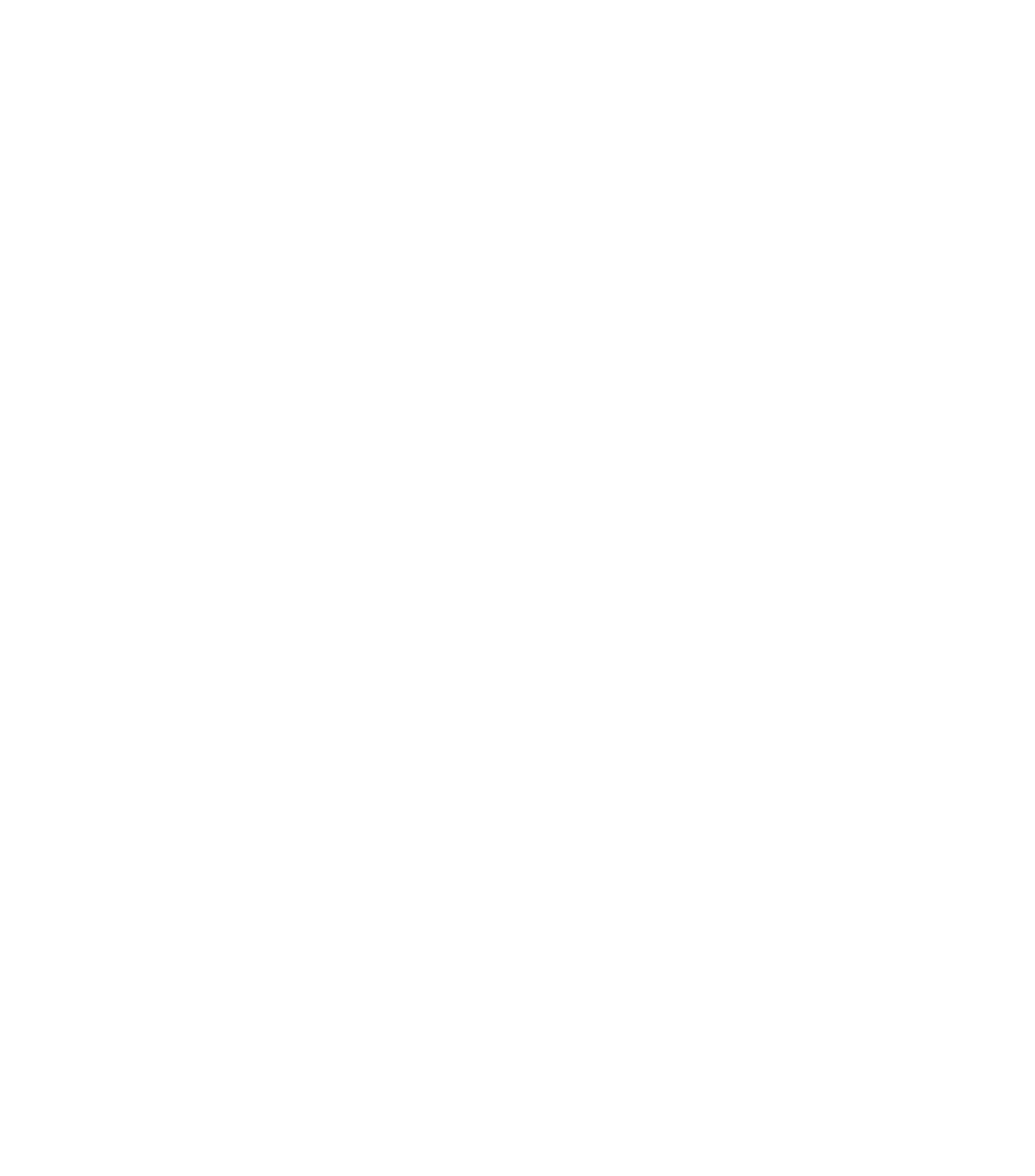Ever felt like you're stuck in a never-ending cycle of negative emotions, unable to break free? Well, DBT Therapy might just be the missing piece of the puzzle! This article will walk you through the ins and outs of DBT Therapy, delving into the question, "What is DBT Therapy and how can it help you?" We'll explore its fundamentals, techniques, and the benefits it offers, so buckle up for a deep dive into the world of dialectical behavior therapy.
What is DBT Therapy and How Can It Help You: The Basics
DBT Therapy, or Dialectical Behavior Therapy, is a therapeutic approach designed to help individuals struggling with emotional regulation and interpersonal relationships. Developed in the late 1980s by Dr. Marsha Linehan, it was initially tailored for people with borderline personality disorder (BPD). However, over the years, its effectiveness has been recognized for treating various mental health issues, including depression, anxiety, eating disorders, bipolar disorder, and post-traumatic stress disorder (PTSD). The core idea of DBT Therapy is to strike a balance between two seemingly opposite concepts – acceptance and change. It emphasizes the need for individuals to accept their present emotional state while simultaneously working on changing their thought patterns and behaviors. This dialectical approach enables individuals to overcome the challenges of emotional dysregulation and improve interpersonal relationships. In addition to its unique theoretical framework, DBT Therapy is also known for its structured and skills-based approach. Let's take a closer look at the techniques that set DBT Therapy apart and discover how they can help you in your journey towards emotional and mental well-being.The Four Pillars of DBT Therapy: Skills and Techniques
- Mindfulness Mindfulness is the cornerstone of DBT Therapy, teaching individuals to be present and fully aware of their thoughts, feelings, and bodily sensations without judgment. By cultivating mindfulness, you can learn to observe your emotions and thoughts from a distance, rather than getting swept away by them. This skill helps in better understanding oneself, promoting self-acceptance, and ultimately, paving the way for change.
- Distress Tolerance Life can throw curveballs, and distress tolerance is all about building resilience in the face of challenging situations. This skill equips you with practical strategies to cope with emotional distress without resorting to unhealthy behaviors or thought patterns. Distress tolerance techniques include distraction, self-soothing, improving the moment, and accepting reality. By mastering these strategies, you can learn to navigate difficult emotions and situations without losing your balance.
- Emotional Regulation The ability to manage emotions is key to maintaining mental equilibrium. Emotional regulation techniques in DBT Therapy focus on identifying and understanding emotions, reducing emotional vulnerability, and increasing positive emotional experiences. Some of the techniques used for emotional regulation include identifying emotional triggers, practicing opposite action, and using problem-solving to address emotional situations. By developing emotional regulation skills, you can create a more stable emotional life and reduce the intensity and frequency of emotional upheavals.
- Interpersonal Effectiveness Strong interpersonal skills are essential for fostering healthy relationships. DBT Therapy helps you develop assertiveness, negotiation, and problem-solving skills to maintain positive connections with others while maintaining self-respect. Some of the interpersonal effectiveness strategies include learning how to express your needs and desires effectively, setting boundaries, and managing conflict. By honing these skills, you can enhance your relationships and reduce interpersonal stress. Many of these skills can also have been proven effective marriage therapy techniques, and are used in some couples sessions.
The DBT Therapy Process: How Does It Work?
Now that we've unraveled the core techniques of DBT Therapy, let's address the question, "What is DBT Therapy and how can it help you in real-life situations?" The therapy typically involves the following components:- Individual Therapy One-on-one sessions with a therapist help in addressing personal issues and applying DBT skills to specific life challenges. These sessions are usually held once a week and focus on enhancing motivation, overcoming barriers to change, and generalizing skills learned in group sessions to everyday life.
- Group Skills Training In a supportive group setting, participants learn and practice DBT skills, reinforcing their understanding and application of the techniques. Group sessions typically last for about two hours and are held once a week. They provide a safe environment for individuals to share their experiences, learn from others, and practice newly acquired skills. Group members often provide valuable feedback and support, fostering a sense of camaraderie and collective growth.
- Phone Coaching Phone coaching provides real-time support, allowing individuals to apply DBT skills in challenging situations as they arise. This component is crucial for reinforcing the application of DBT skills outside therapy sessions. Therapists are usually available for brief phone calls to help clients navigate difficult moments, provide guidance, and offer encouragement to use the appropriate skills.
- Therapist Consultation DBT therapists participate in consultation teams to ensure the highest quality of care and adherence to the therapy model. Consultation teams are groups of DBT therapists who meet regularly to discuss client progress, address any issues or concerns, and provide support and feedback to one another. This collaborative approach not only helps maintain a high standard of care but also reduces the risk of therapist burnout.
